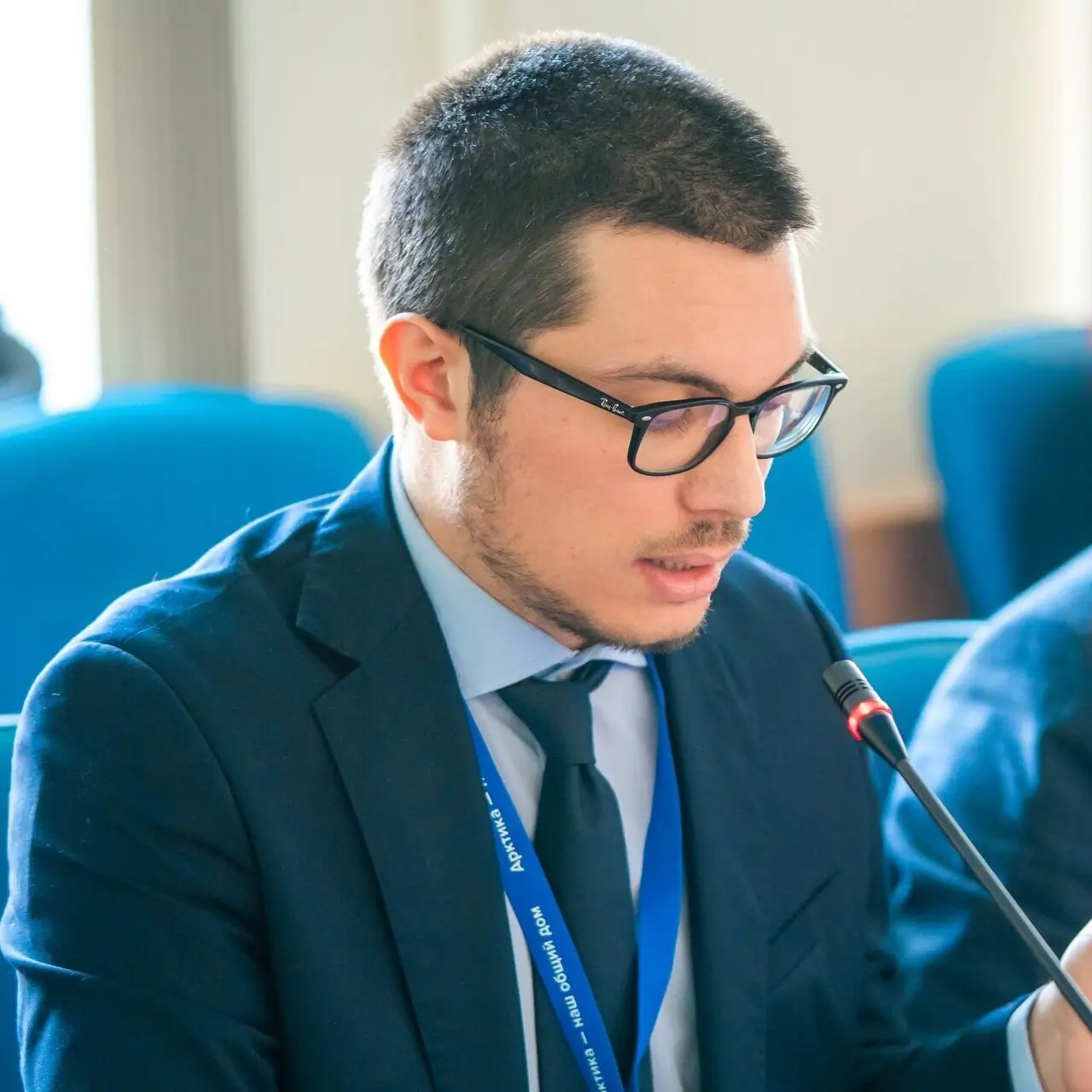
The most recent summit of the Shanghai Cooperation Organisation took place in Tianjin from August 31st to September 1st, 2025, at the Meijiang Convention and Exhibition Centre. Attended by the main leaders of the member states as well as observers and partners—among them the presidents of Russia, India, Kazakhstan, and Iran—the meeting highlighted the growing weight of the organisation as a platform for political and economic coordination across Eurasia and South Asia. The presence of delegations from Indonesia, Cambodia, Laos, Malaysia and Vietnam, among other countries, added to the overall importance of the event.
The Tianjin summit was not just a formal exercise in diplomacy. The plenary sessions and bilateral meetings showed a higher level of coordination than in previous editions. The discussion focused in particular on common economic instruments and on the possibility of strengthening logistics chains within the SCO space, to reduce vulnerability to external pressure. The presence of numerous delegations from partner and observer states, many of them from Southeast Asia, extended the significance of the conference, turning it into an arena where Russia could present itself not as an isolated actor but as a pole of attraction for a wide range of economies. On the political level, no radical changes emerged between Russia, China and India, but the summit’s framework made it possible to consolidate common positions. Moscow and Beijing confirmed their support for a multipolar order as an alternative to the current one, while New Delhi kept a pragmatic position, staying close to Washington but also showing readiness to work with Moscow on energy and logistics. The summit revealed a delicate balance: no dramatic breakthroughs, but a continuity that confirms the Arctic as a space of concrete opportunity, where Russia can turn political statements into effective cooperation.
The dialogue between the three principal actors at the summit took place against a backdrop of rising American tariffs and an increasingly competitive global environment that pushes many countries to diversify their alliances. The three capitals are not starting from scratch: the BRICS framework has already consolidated their ties, and the SCO now strengthens their political dimension.
For Russia, the summit was an opportunity to prove it is not internationally isolated. China stressed the idea of a multipolar order capable of reducing reliance on the dollar. India, forced by the new U.S. tariffs, used the SCO as a channel to rebalance its external relations. The Arctic forms part of this picture, as Moscow offers energy and logistics corridors that are of interest to both Beijing and New Delhi.
The Economic And Trade Situation
The Tianjin summit therefore took place in a period of serious commercial tension. The United States introduced new tariffs on Indian exports, with average increases of around 50 per cent on several goods, while economic relations between Washington and Beijing too remain defined by tariffs and counter-tariffs. In this context, Russia, China, and India share common reasons to look for alternative solutions.
President Vladimir V. Putin of Russia proposed the creation of joint financial instruments, such as the issuance of common bonds among SCO members, to reduce reliance on the dollar and strengthen economic links within the organisation. Beijing backed these proposals, presenting them as part of a multipolar vision that creates room for growth outside “Western” control. For New Delhi, the motivation is pragmatic. It needs to find markets and logistical channels that can ease the impact of U.S. tariffs.
The Arctic becomes part of this scenario through Russian energy and infrastructure projects. The Northern Sea Route and the export of liquefied natural gas particularly from the Yamal and the Gydan Peninsula represent opportunities for both China, already a consolidated partner, and India, which in recent years has begun to pay closer attention to these supplies. The conditions imposed by tariffs are now pushing New Delhi to take a greater interest in financial and logistical schemes connected to the Arctic.
Russia And India In The Arctic
India’s interest in the Russian Arctic has grown steadily over the past decade. At first cooperation was limited to isolated initiatives in the energy sector, but today New Delhi looks to Arctic liquefied natural gas as a stable source of supply. Agreements for long-term contracts and possible investments in the liquefaction terminals that Russia is developing in the region have already been discussed.
For India, the advantage is twofold: reducing dependence on the Middle East and diversifying access to resources at a time when relations with the United States have become more uncertain. For Moscow, India’s participation in these projects reinforces the point that major emerging economies have not joined the isolation imposed by the United States and its allies and remain willing to cooperate.

The cooperation also has a political dimension. Since 2013 India has taken part as an observer in the work of the Arctic Council, and ties with Russia provide a channel for maintaining a role in the region even now, when the Council is more or less paralysed by international tensions. The Arctic is thus not only a reservoir of resources but also a practical ground for international relations where gas and logistics, but also scientific cooperation, can serve as a basis for a broader strategic dialogue.
Russia And China In The Arctic
Arctic cooperation between Russia and China has deeper roots than that with India. China formally defined its status as a “near-Arctic state” in its 2018 White Paper, and since then has linked the region to the Belt and Road Initiative through its Polar Silk Road. Within this framework, collaboration with Moscow is not occasional but structural, covering both energy projects and transport infrastructure.
The Yamal LNG project, launched by Novatek and mainly backed by Russian capitals, saw the direct participation of the China National Petroleum Corporation and the Silk Road Fund, which provided not only financial resources but also the security of long-term commercial outlets. This experience set an important precedent: without Chinese support, the project would have struggled to withstand the impact of the American and European sanctions. With Arctic LNG 2, now under development on the Gydan Peninsula, cooperation has deepened further, showing how China has moved from the role of external partner to that of a central actor in Russia’s Arctic energy strategy.
At the same time, Beijing has shown growing interest in the Northern Sea Route. Chinese vessels have carried out several transits along the corridor, and the government has included the polar route in Belt and Road maps. For Russia, this support matters in two ways: on the one hand it legitimises the idea that the NSR could become a really international transit route, and on the other it ensures a potential flow of goods and investment in port and logistics infrastructure.
This apparently happy union, however, is not without ambiguity. Russia continues to assert strict control over the management of the Northern Sea Route, imposing rules and requirements that limit freedom of passage. China accepts these conditions but focuses mainly on the economic and logistical advantages, treating the Arctic as one of several spaces in which to strengthen its commercial reach. Moscow needs Beijing to finance and support its Arctic projects, but at the same time seeks to avoid excessive dependence.
Politically, the Arctic partnership sends a clear message to the so-called West. After the withdrawal of European and Japanese companies from LNG projects, Chinese involvement guarantees that Russia can continue to develop its plants and exploit its resources. For China, the Arctic is a symbol of its ability to expand influence even in areas traditionally considered peripheral to its sphere of action.
Conclusion
The Tianjin summit confirmed once again that Russia’s Arctic strategy is an integral part of its international projection. For Moscow, the Arctic is not only a matter of resources or shipping lanes. It now also serves as the ground on which to show that sanctions have not isolated the country and that cooperation with major economies such as China and India remains possible.
For Beijing, Arctic cooperation is primarily about securing reliable gas supplies and maintaining an active role in global energy and logistics networks. For New Delhi, participation in Russian LNG projects reflects a pragmatic diversification strategy at a time of deep uncertainty in its relations with Washington, uncertainty that may, however, prove short-lived.
This alignment originates more from necessity than from political affinity. Sanctions, tariffs and global competition are pushing actors to seek new “friendships with benefits”, and the Arctic provides Moscow with a platform to attract partners it can work with. The balance, however, remains fragile. Cooperation is real, but it rests on current circumstances rather than on solid mutual trust.

Journalist
Osservatorio Artico

